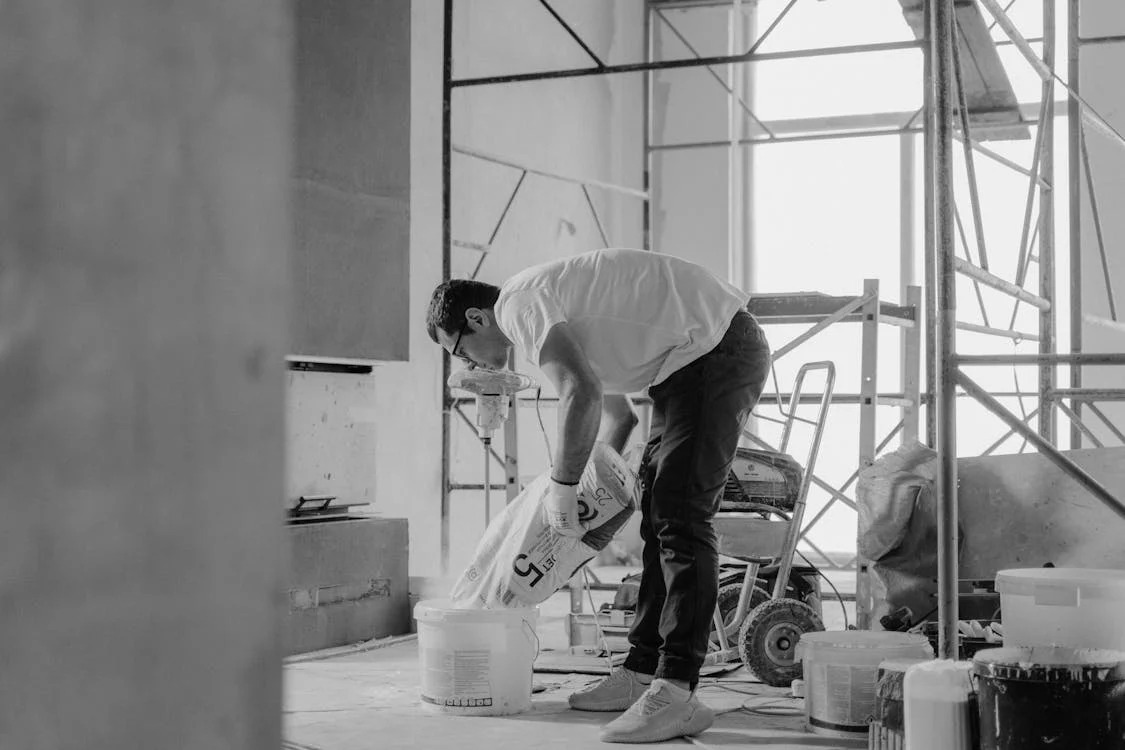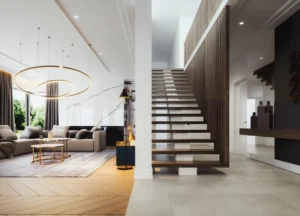1. AI-Powered Project Management
Smart construction in 2025 revolves around AI-driven tools that enhance project efficiency. From scheduling to cost estimation, AI simplifies complex tasks. Contractors now rely on intelligent software to track renovation progress and resource allocation in real-time.
AI doesn’t just save time—it reduces costly errors. Expect faster approvals and seamless coordination between teams. This trend is changing how architects, engineers, and interior designers collaborate.
2. Sustainable and Smart Materials
The rise of eco-friendly materials continues to dominate renovation and construction sectors. Green materials like self-healing concrete and solar glass are becoming mainstream. These options not only reduce environmental impact but also lower long-term costs.
Smart building materials are embedded with sensors. These monitor temperature, humidity, and even structural health. This results in smarter maintenance strategies and less waste.
3. 3D Printing for Custom Interior Design & Decor
3D printing has entered the renovation world in full force. From customized tiles to intricate interior decor pieces, the design possibilities are endless. This method supports quick prototyping and fast delivery.
Contractors can now fabricate materials on-site, reducing transportation costs. Homeowners enjoy personalized interior design like never before. Plus, it speeds up project timelines without compromising creativity.
4. Modular and Prefab Construction
Modular construction is a major player in smart renovation projects. Factories now pre-build entire rooms with electrical, plumbing, and decor elements in place. These sections are then assembled onsite like puzzle pieces.
This method guarantees precision and quality. Prefab interiors also reduce noise and dust at the job site—something homeowners love during renovations. Expect this trend to dominate residential and commercial projects alike.
5. AR/VR for Design Visualization
Augmented and Virtual Reality tools are helping clients make informed design choices. With a VR headset, you can now walk through your renovated space before the first brick is laid.
Interior designers use AR to overlay decor styles in real-time. Clients can tweak furniture, lighting, or paint colors instantly. These technologies shorten approval cycles and reduce post-construction changes.
In Conclusion
The construction world is evolving fast. Embracing smart tools, sustainable methods, and innovative design trends isn’t optional—it’s essential. Whether you’re planning a renovation or building from scratch, integrating interior design & decor with smart technologies is the only way forward.



